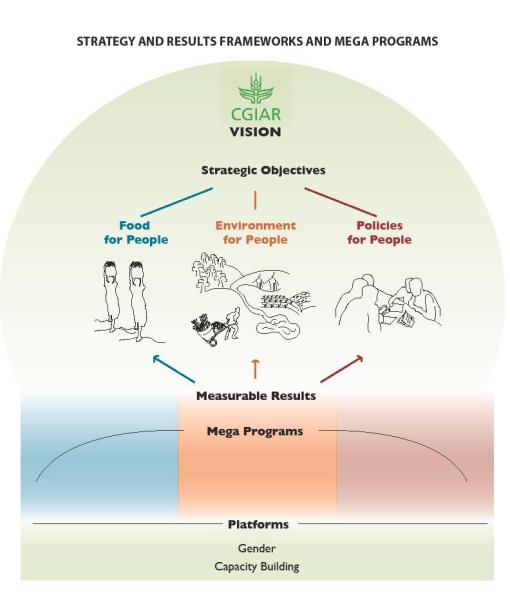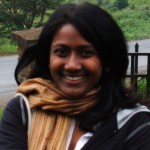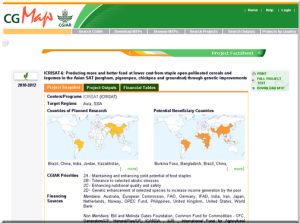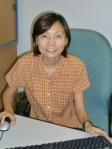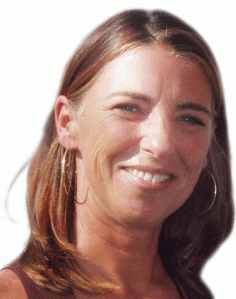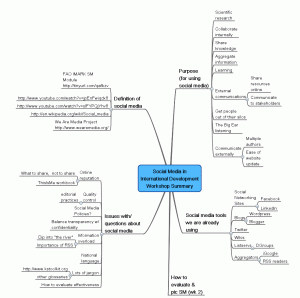During the recent World Congress of Agroforestry (WCA2009) in Nairobi, Kenya, the Congress reporting team plunged headlong into social media in a bid to maximize the event’s communications, which was achieved via the Congress blog, the @icraf Twitter account, pictures on Flickr and bookmarks on Del.icio.us.
Much energy and care went into the blog, which the team used for reporting on keynote sessions, announcing presentations and updates as they became available, highlighting the main articles published in the media and in other blogs about the Congress, and publishing the occasional opinion piece on what was being discussed in the sessions.
It was a challenge having to set up a reporting process in a few days, especially since there was so much more going on during the Congress, but the energy and motivation of the people involved helped with this unprecedented task.
However, the real challenge was getting started on Twitter. First, we had to get the team organized into ‘shifts’. We were lucky to have two volunteers joining us, enabling us to cover the keynote sessions. Second, we tried to keep an eye on how word was spreading about the Congress themes and speakers. And that’s when we found another ‘twitterer’ who was sharing info bits containing the Congress’ WCA2009 hashtag.
Curious and excited, Vanessa Meadu (ICRAF) and I tracked down our fellow twitterer and discovered it was Tom Vandenbosch, Programme Coordinator in the Training Unit at ICRAF. A scientist on Twitter? Yes. And much more, as you’ll find out from the following conversation we had with him.
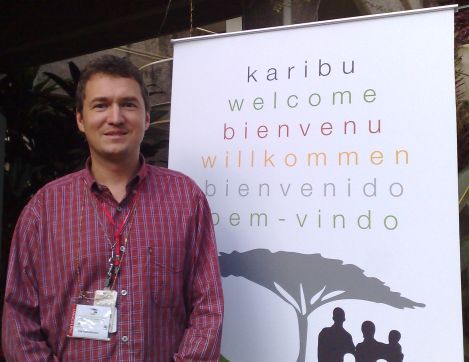
Tom Vandenbosch (ICRAF)
[Antonella – AP]. Tom, who did you have in mind when you were tweeting from the WCA?
[Tom – TV]. Nobody in particular, because I have a few followers. It was more about taking notes and bookmarking interesting things for myself.
[AP]. How long have you been on Twitter?
[TV]. I haven’t had my personal account for a long time. I’m doing a PhD in e-learning, and as part of my studies, I have been testing many social media tools under different names.
[AP]. Did you follow the @icraf tweets?
[TV]. Yes, I followed them from the sessions. But honestly, I think it was overwhelming to have a sort of play-by-play report of what was being presented. Just the key facts emerging from the sessions would have been okay. People are following so many Twitter accounts, so it’s a bit of overloading. On another front, it helped me discover that it’s possible to have RSS feeds for hashtag searches on Twitter, so you can follow the conversations on a given topic with a RSS reader as well. Moreover, I think it’s good that we have the Twitter account labelled ICRAF, it’s short and handy to quote in re-tweets and replies.
[AP]. Do you think that tweets from the various sessions added any value to your Congress experience?
[TV]. It added a lot of value, especially because there were many things going on at the same time. They made it possible me to follow the sessions that I couldn’t attend. The next time Twitter is used for ICRAF events, there will hopefully be more followers and less irrelevant tweets. For example, a tweet like “#WCA2009 Noordwijk leaves the podium to a round of applause following a lovely sing-song!” is not very relevant to a person who is not at the event. Tweets should be used sparingly to avoid flooding followers’ Twitter streams. Potential followers will automatically be attracted to Twitter accounts that tweet high quality information, since this information can be re-tweeted by others. On the other hand, ICRAF might considerr promoting its Twitter account more widely in order to get more followers.
[AP]. Have you been to other conferences where people were on Twitter?
[TV]. I attended one in FAO last June, where some participants were posting to Twitter but not in a systematic way. But FAO now tweets from a number of interesting accounts, including faonews for news releases and related coverage, and FAOWFD for World Food Day.
[AP]. Do you have colleagues at ICRAF or other institutions who are bloggers and twitterers?
[TV]. Besides Vanessa, who blogs at ASB (Partnership for the Tropical Forest Margins) and PRESA (Pro-poor Rewards for Environmental Services in Africa), there are some others, but I don’t know if they’re real staff, students or interns. These blogs usually contain personal stories.
[AP]. Would you recommend your colleagues at ICRAF to get engaged with social media?
[TV]. Definitely. There’s a lot of value in Web 2.0 tools, but I think we’re over-creating new blogs and Twitter accounts, instead of consolidating what we have already, including our presence on other high-impact blogs. It would be better to liaise and engage with those who are already out there, the same way you want to be on high-impact research journals. To give you an extreme example, if Britney Spears were tweeting about trees on farms, that would be excellent. She has more than 3 million followers on Twitter now, while ICRAF has about 100.

Vanessa Meadu (ICRAF)
[Vanessa – VM]. ASB has contributed to a new blog, the Rural Climate Exchange, where the CGIAR is bringing together the Climate Change and Agriculture initiatives from across the System. Most of the content is developed by professional writers working closely with communications staff in the Centers. This type of collaboration, especially on such a high-profile issue, is bringing a lot of added value with minimal additional cost.
[TV]. When blogs get linked by popular traditional media, they often get a big boost. For example, a blog called Africa Expat Wives Club became one of the most popular blogs in Kenya after being featured in The Times.
[AP]. Do you think that social media have a role in mainstreaming agroforestry research?
[TV]. Yes, but it is different if we talk about the general public or the scientific community. With the general public, we need to target people on social networks who are interested in receiving information about agroforestry. That’s what my PhD research is all about: me-learning, a new form of e-learning, based on individual requirements, on recommendations based on the user experience history, instead of a one-size-fits-all approach. Through cookies or other existing technologies, e-learners can receive learning propositions that suit their interests, experience levels and learning styles.
The role of social media would be different within the scientific community. Scientists tend to have a more traditional approach to publishing, through papers, assessments, journals, etc. And this has an influence on how they perceive the worth of a communications channel. It could possibly take another generation of scientists to start realizing the value of social media for science.
Perhaps it would be easier for them to perceive this value if more projects used these tools to gather data, such as via SMS-based systems. I’m thinking, for example, of an adaptation of Ushahidi for the collection of scientific data from a range of specific locations. Ushahidi is a platform that crowdsources crisis information: people can report incidents via the Web, email and SMS. The reports are then aggregated, geo-referenced, browsable and searchable on the Web.
[VM]. Many projects I’m working on at the moment have a knowledge sharing and communications component built in the design, so this is changing… like with the PRESA, it was a direct request from the donor, IFAD. Impetus is coming from different places, and this could shift research priorities. Many of the scientists I work with understand the value of integrating knowledge into a proposal, with proper funding for it. Hopefully the trend is over, of asking the communications unit to churn out a policy brief at no cost, after the project is already finished.
